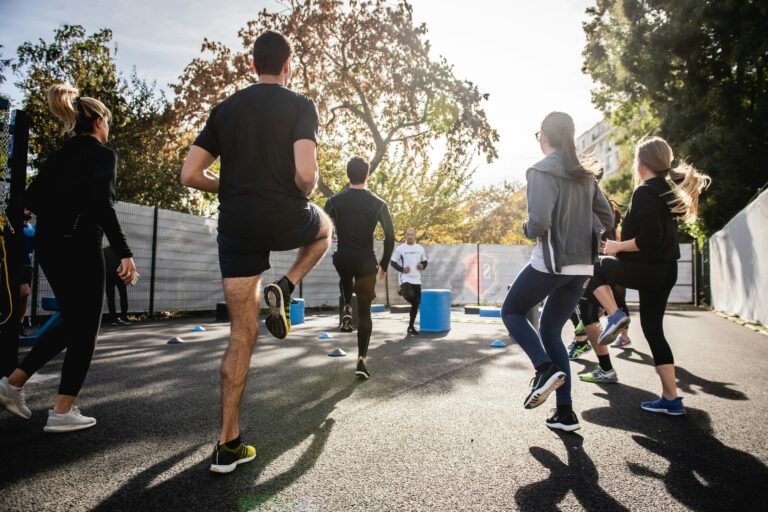 Many survivors of cancer in adolescence or young adulthood are affected by or at increased risk of late effects (e.g. cardiovascular disease) due to the disease and its treatment. There is growing evidence that exercise is one of the most effective therapies to mitigate the negative effects associated with cancer and its treatment.
Many survivors of cancer in adolescence or young adulthood are affected by or at increased risk of late effects (e.g. cardiovascular disease) due to the disease and its treatment. There is growing evidence that exercise is one of the most effective therapies to mitigate the negative effects associated with cancer and its treatment.
Due to their age and stage of life, young people in particular have unique preferences and barriers that influence their participation in health-promoting behaviours such as exercise. Yet few studies have been conducted with young people and there is insufficient understanding of individual physical activity needs. As a result, health promotion interventions are insufficiently adapted to the preferences of young people.
This study, conducted by Scott Adams and colleagues, investigates the physical activity behaviours and desires of young survivors. For this purpose, participants (average age 32) were asked about their current physical activity, sport-related goals and wishes regarding support programmes. Exciting results emerged from this:
1. Current physical activity behaviour
The majority of adolescents and young adults meet the guidelines for physical activity and report exercising an average of five hours a week. People who identify as male and are not in treatment perform significantly more vigorous and intense sport. Only 5% report having previously participated in hospital- or community-based sports programmes for cancer suvivors.
2. Interest in physical activity programmes
The majority has interest in physical activity promotion programmes and has a goal to increase their physical activity.
3. Start of physical activity programmes
80% of young adults say they would prefer to start physical activity programmes within the first year after their treatment.
4. Location of physical activity programmes
Home-based, online and university/college programmes are preferred over hospital-based programmes, with home-based exercise being the most popular.
5. Type of physical activity programmes
Young people prefer programmes that are individual or combined (individual and group). Exclusively group-based programmes are less preferred. Individual sports are slightly preferred over team sports and recreational sports are more favoured than competitive sports. Strength training, walking and flexibility are the most popular exercise modalities. Boot camp workouts are least preferred. A larger proportion of women say they prefer individual exercise (including yoga, flexibility, walking). People who are still undergoing treatment prefer yoga more than people who are not undergoing treatment.
6. Participation restriction
Young people mostly prefer programmes that are age-specific. This is followed by programmes that are restricted to the type of cancer and gender and include only survivors of cancer. Women in particular prefer programmes that are limited to age, gender, cancer type and cancer survivors.
7. Duration of physical activity programmes
The majority prefer more than 30 minutes of exercise more than three days a week.
Conclusion
It becomes clear that preferences for physical activity promotion programmes are very individual. Most often, preferences differ by gender, treatment status and current physical activity. The preferences of young people also differ from those of older survivors known from research to date. Programmes and interventions should therefore be adapted within these specific groups. Although most respondents indicate a strong interest in physical activity programmes, only 5% have used support services. This suggests that existing programmes are not well adapted to the individual needs and preferences of survivors of adolescent or young adult cancer.









Comments
Thank you. Comment sent for approval.
Something is wrong, try again later